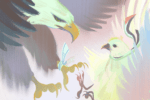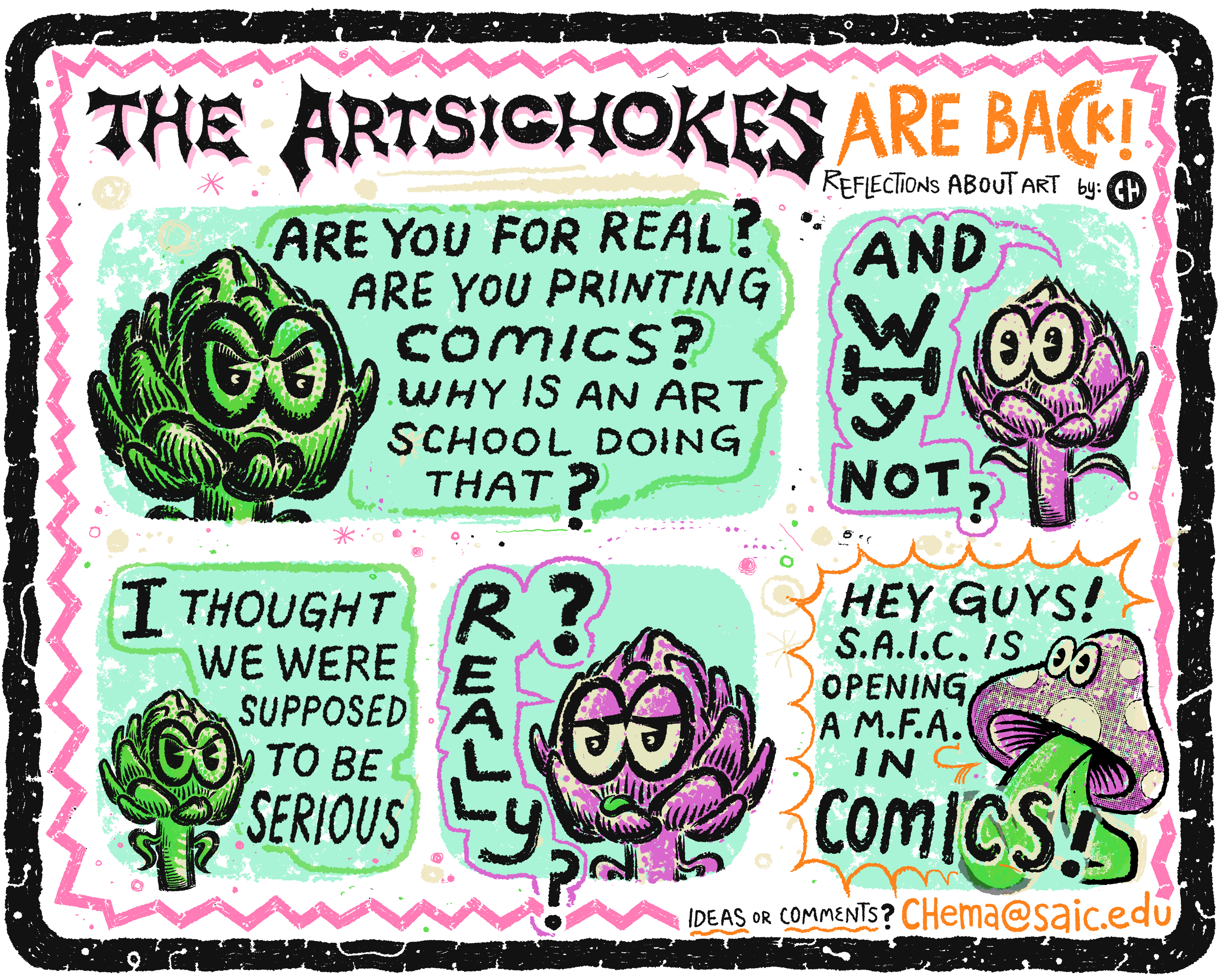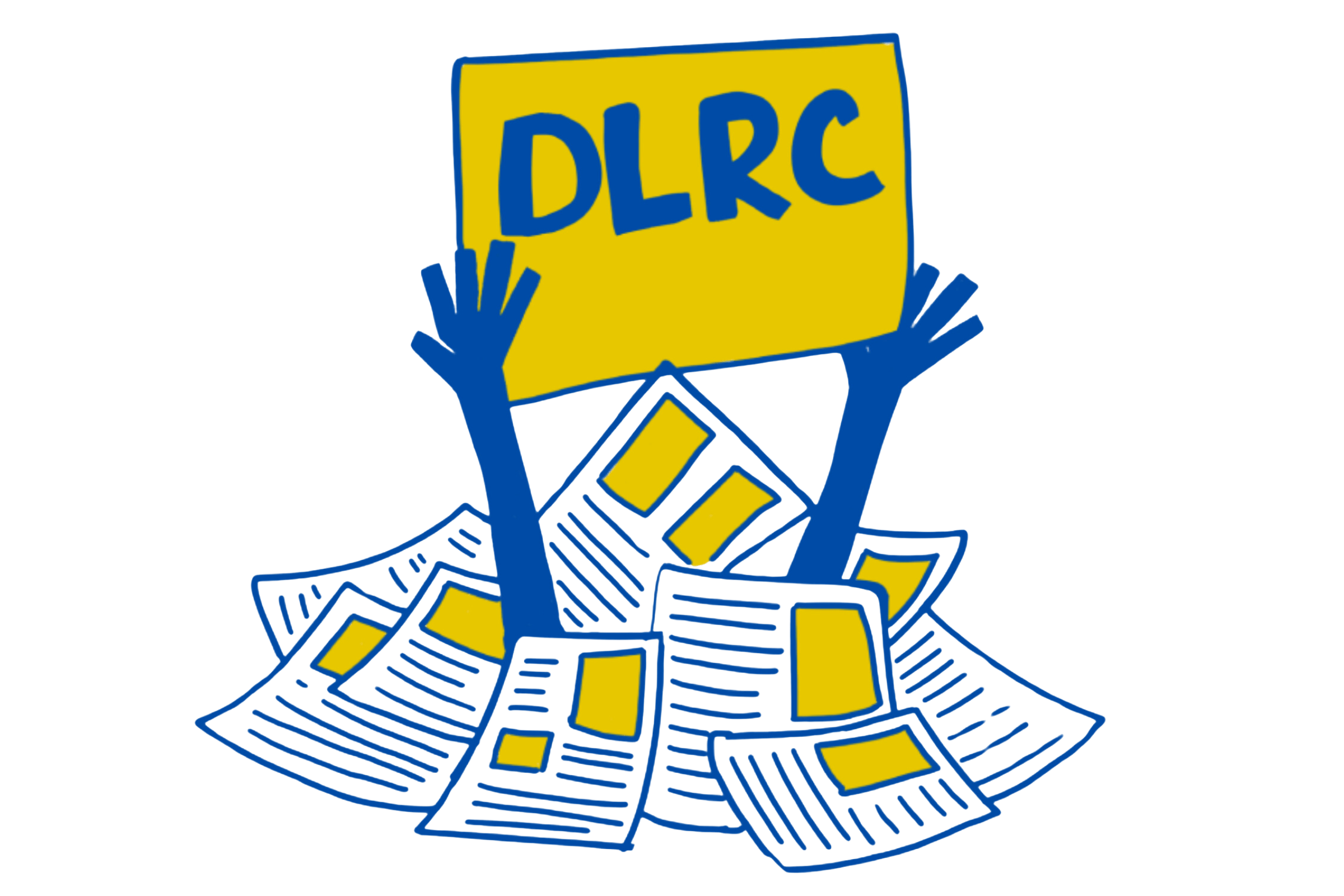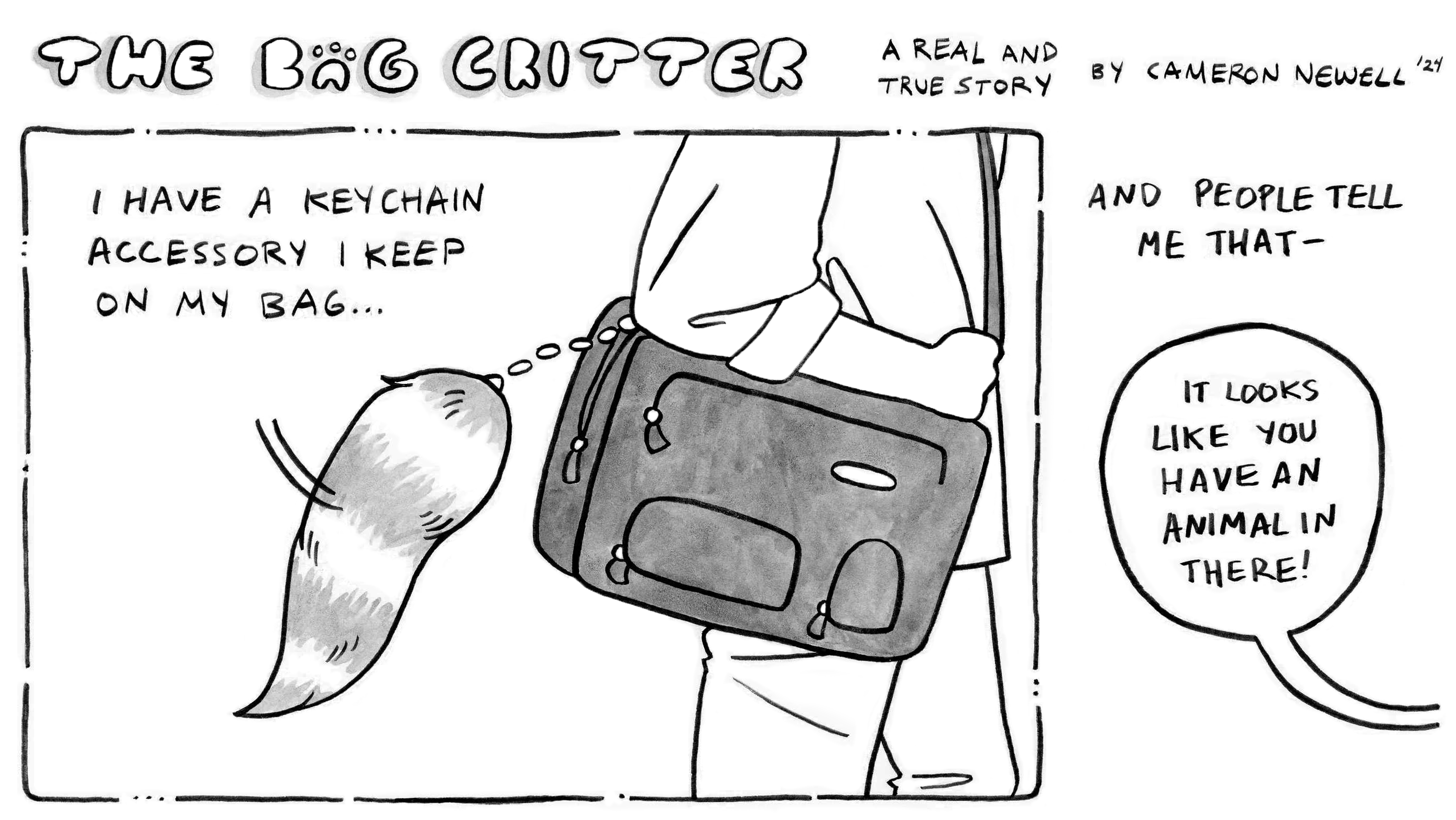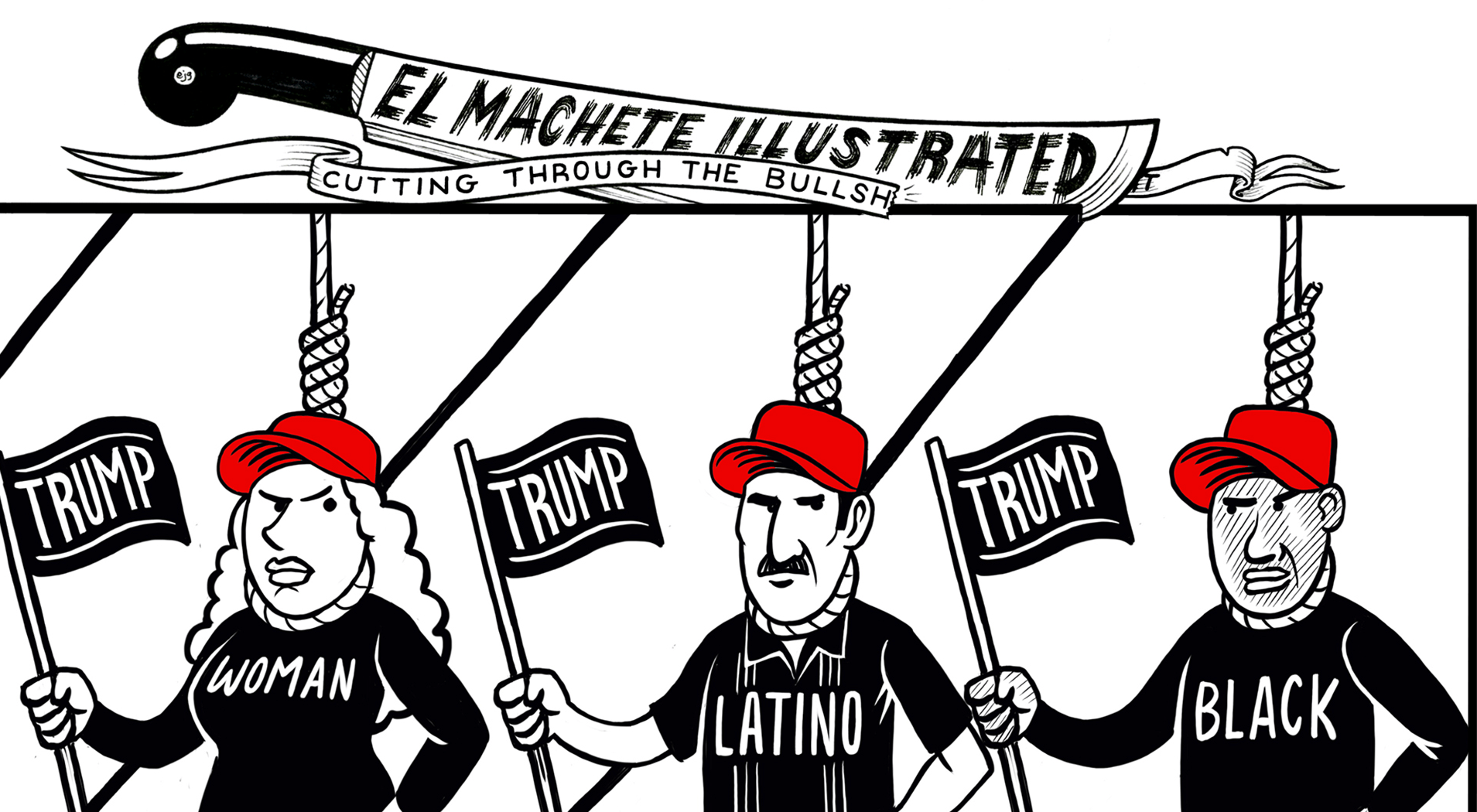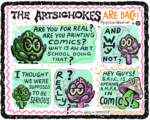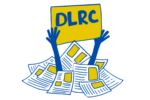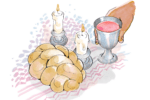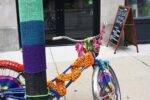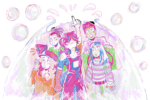It was two weeks after Oct. 7, 2024, that the flier of a solidarity gathering slid into my WhatsApp, leading to the first informal student organizing meeting to take place in 2023. Since then, the School of the Art Institute of Chicago has witnessed one of its most radical and community-driven organizing movements — and F Newsmagazine has been here to report on it.
Believe it or not, SAIC students have a long history of activism and activist networks, ranging from a Students for Justice in Palestine group in 2018 that worked on a Boycott Divestments Sanctions campaign, to the flag burning on the Capitol steps by Dread Scott in 1989, to a faculty strike in 1965 that was backed up by student boycotts.
In every decade, SAIC students have used art, writing, and their voices as moral beings to activate the student body on racism, environment, health, war, imperial systems, and labor.
Since organizing around Palestine is what is uniting (and dividing) the school community at the moment, it’s fair to trace the history of political organizing through it. F News has been reporting on student actions concerning Palestine since they began.
Conversation around Palestine began at SAIC in the 1980s and ’90s, but it wasn’t until the early 2000s that students were radicalized around the occupation in Palestine. Two student groups, Artist Emergency Response and Students for Peace in the Middle East were formed in early 2003. According to a 2003 article published in F Newsmagazine, AER opposed US funding to support the Israeli occupation of Palestinian territories, while SPM spotlighted the positive aspects of the colonial state of Israel. Both groups were started by Jewish students who felt strongly about the issue.
Maureen Murphy, a former F News editor currently living in Ramallah, wrote extensively about Palestine during and after her time at SAIC in the early 2000s. She served as both a student organizer and a source of political education during her time at SAIC. In May 2003 AER and SPM invited Ali Abunimah (founder of Electronic Intifada), and Yossi Olmert (columnist for Jerusalem Post) for a debate to answer questions from SAIC students.
In the 2010s, SAIC had a Students for Justice in Palestine group that organized across multiple schools, including the nearby Columbia College Chicago, to start conversations around the BDS movement within the schools.
In the past year, F News continued reporting on student activism centering Palestine and their calls for the school to divest from the Crown Family and General Dynamics.
Divestment is not an insular demand. On Nov. 1, 1985, F News reported that students (as well as at least one instructor) protested on the steps of the AIC and called for the AIC to divest from apartheid South Africa.
In 2001, after 9/11, student journalists at F News showed incredible critical thinking in how they approached news content, compared to the content produced by the mainstream media.
On Sept. 12, 2001, SAIC held a panel discussion with students and faculty where they broke down the role the US empire played in world politics. The result of the panel was a new student organization: the Activist Student Union.
In November 2001, F News reported that graduate students from SAIC took advantage of the Van Gogh-Gaugin exhibit to organize an action making a satire of the two artists as pacifists and anti-war. They used various media — including Van Gogh masks, color photographs of the art exhibit, and postcards with art on one side and anti-war statements on the other side, passing them outside the museum. The students sent a press release to the media signed by Post-Impressionists for Peace crediting the museum for promoting the anti-war exhibit at a critical time when the US was starting a war with Afghanistan.
That same year, student activists organized multiple forums within the school and invited speakers from different Chicago universities to speak to the community regarding the War on Terrorism.
In April 2003, F News released a special edition to bring the conversation of the Iraq war to the students. Students from SAIC participated in the infamous Lakeshore Drive protest alongside 15,000 people. At this protest, a student was arrested without being read her rights — along with 800 other people.
While there was no mass-movement within the school, many students wore their politics as a badge of honor — literally — parading around campus with anti-war buttons and badges pinned on their clothes and bags.
That same year, a chapter for Students for Democratic Society was started at SAIC by undergraduate student Marisa Holmes. Holmes was a reporter for F Newsmagazine, and she went on to become one of the lead organizers for the Occupy-Wall Street movement.
The first mention of a student union election was in 1986, in one of the first editions of F News. F’s archive shows how student unions fought for gallery spaces (Student Union Gallery), better wages, student representation in hiring, and policy changes.
While the student union eventually dissolved, the Graduate Student Senate that was formed worked with them in tandem to communicate students’ needs. The GSS was able to do — and continues to be able to do — some of the work the union pushed for.
The voices of students have always been powerful agents of change, and F News has played a crucial role in amplifying them. From sit-ins to walkouts, protests to policy advocacy, the paper has not only documented these movements but also shaped their narratives, providing a platform for dialogue and dissent.



